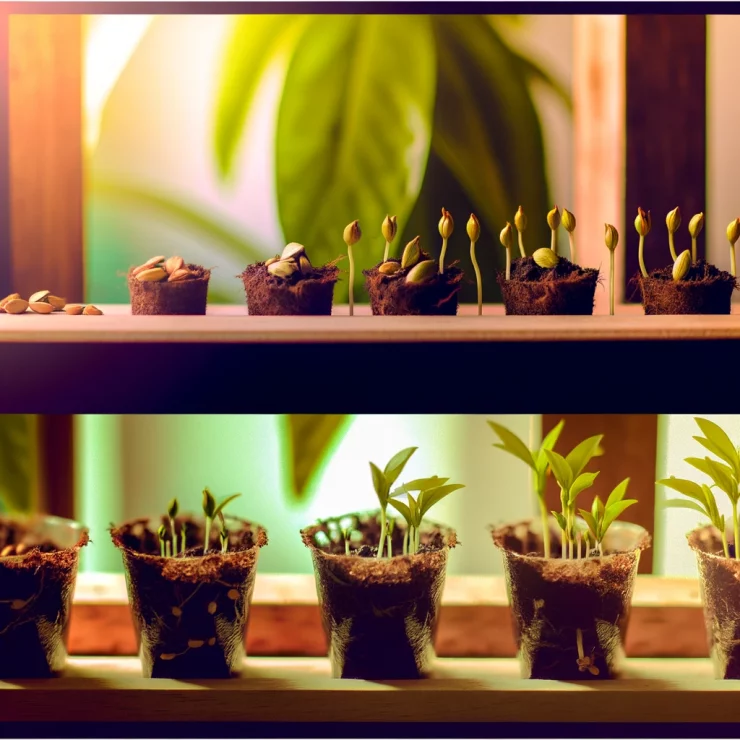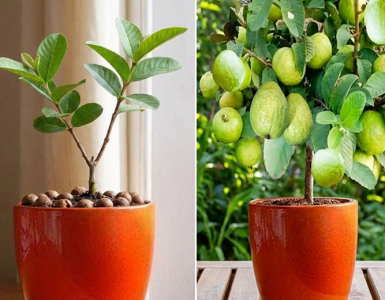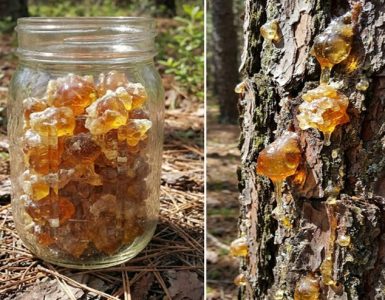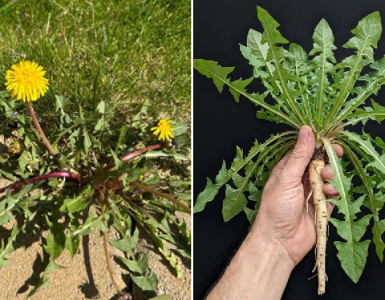Cardamom, often referred to as the “Queen of Spices,” is a beloved flavor in culinary traditions around the world. Its warm, aromatic, and slightly sweet taste makes it a versatile ingredient in both savory and sweet dishes. While you may be familiar with dried cardamom pods, did you know that you can grow your own cardamom plant right at home, even if you have limited space? Yes, anyone can do it, and in this article, we’ll guide you through the process of growing a cardamom plant from seed in a pot.
What You’ll Need:
Before you embark on your cardamom-growing journey, gather the following materials:
Cardamom Seeds: You can purchase cardamom seeds from a reputable supplier or use seeds from store-bought cardamom pods.
A Pot: Choose a pot that is at least 12 inches in diameter and has good drainage. Cardamom plants require space to grow and good drainage to prevent waterlogging.
Potting Mix: Opt for a well-draining potting mix with a neutral pH.
Warm and Humid Environment: Cardamom plants thrive in warm, humid conditions. Consider using a humidity tray or a humidifier, especially if you live in a dry climate.
Indirect Sunlight: Cardamom plants prefer bright, indirect sunlight. Place your pot near a window with filtered sunlight or use sheer curtains to diffuse the light.
Step 1: Germinating the Seeds
Prepare the Seeds: If you’re using cardamom pods, remove the seeds from the pods. Soak the seeds in warm water for 24 hours to soften the seed coat.
Plant the Seeds: Fill your pot with the potting mix, leaving about an inch of space at the top. Plant the seeds about half an inch deep, spacing them 2-3 inches apart.
Water Thoroughly: Water the pot thoroughly after planting. Ensure the soil is evenly moist, but not waterlogged.
Cover the Pot: Cover the pot with a plastic wrap or a plastic lid to create a mini greenhouse effect. This will help maintain the necessary humidity levels.
Maintain Warmth: Place the pot in a warm location, ideally around 70-80°F (21-27°C). You can use a heating mat to maintain the temperature.
Step 2: Caring for Your Cardamom Plant
Provide Indirect Sunlight: As soon as you see seedlings emerging (which can take several weeks), move the pot to a location with bright, indirect sunlight.
Maintain Humidity: Continue to monitor humidity levels. If you notice that the plastic wrap or lid is creating excessive moisture, you can prop it open slightly to allow for some ventilation.
Water Carefully: Keep the soil consistently moist but not soggy. Overwatering can lead to root rot, so it’s crucial to strike the right balance.
Fertilize Sparingly: Once the plants have grown a bit, you can start feeding them with a balanced liquid fertilizer diluted to half strength. Fertilize every 2-3 months during the growing season (spring and summer).
Repot as Needed: As the cardamom plant grows, you may need to repot it into a larger container. This will give the roots more space to grow.
Pruning and Harvesting: Prune your cardamom plant as needed to encourage bushy growth. You can start harvesting pods when the plant is around 2-3 years old.
Growing cardamom from seed at home is a rewarding and educational experience. While it may take some patience, the joy of harvesting your own cardamom pods for culinary adventures is well worth the effort. Anyone can do it, so start your own cardamom plant today and savor the flavors of this exotic spice in the comfort of your home. Happy gardening!






Add comment